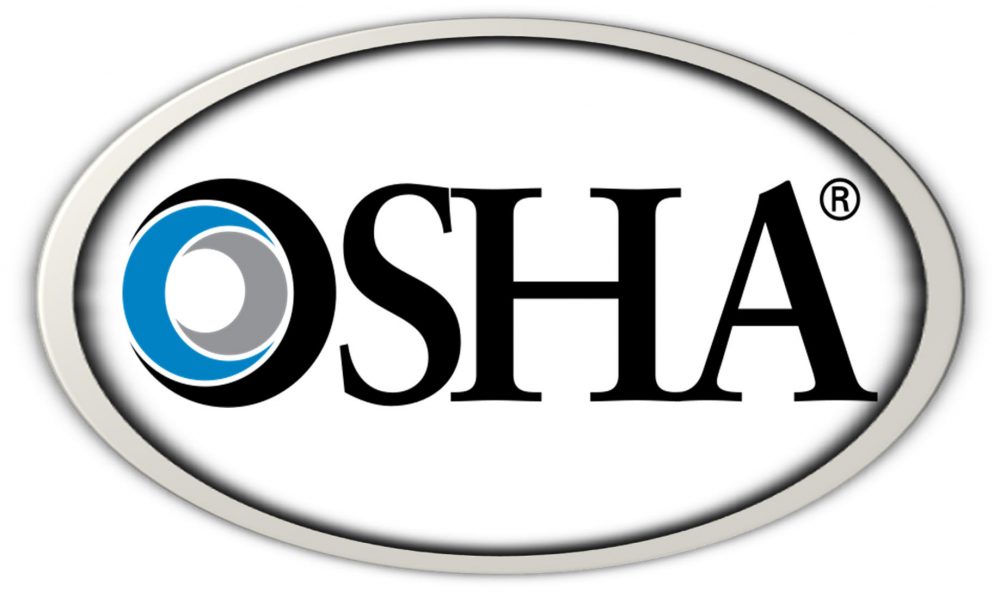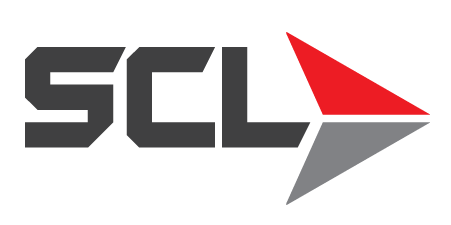How Your Company Can Prepare for an OSHA Inspection

OSHA Inspection
Will Your Team be Prepared for an OSHA Review?
As a business owner or manager, understanding that your business is subject to both routine and unexpected OSHA inspections is important, and having a plan in place to keep your team prepared will support you in avoiding costly fines. OSHA stands for the Occupational Safety and Health Act, developed by Congress in 1970 to assure an adherence to safe working conditions for both men and women in the workplace. Through OSHA, safety and health standards were created and enforced, as well as outreach provided in the form of training and educational resources to businesses in an effort to support them in remaining compliant. Part of the US Department of Labor, OSHA inspections and resources have been promoting workforce safety for almost 50 years.
It’s Not “If” You Will Experience an OSHA Inspection, It’s “When”
Similar to your taxes and the possibility of being audited, it’s best to be prepared for an OSHA inspection and not assume that your business will be exempt. The OSHA website is full of resources to keep your workplace safe and to prepare for an inspection, including a Fact Sheet for Employers. In general, OSHA administers inspections without any advance notice, although employers do have the right to request and require a compliance officer to obtain what is known as an inspection warrant prior to entering the workplace. Since they are unable to effectively inspect the millions of businesses and workplaces around the country, they focus their attention on the more hazardous working environments.
Inspection Priorities
OSHA inspectors are referred to as “Compliance Safety and Health Officers” and are highly-trained industrial hygienists and safety experts. Their efforts support the reduction of workplace hazards, preventing employer, employee and customer injury, illness and death. They prioritize:
- Imminent Danger Situations – Working environments that include exposure to areas of direct hazards that could lead to death or serious physical harm.
- Severe injuries and illnesses – Employers are required to report all work-related fatalities within 8 hours. Work-related inpatient hospitalizations, amputations, or losses of an eye must be reported within 24 hours.
- Worker Complaints – Internal allegations made by employees and workers of hazards or violations receive high priority for OSHA as well.
- Referrals of Hazards From Other Agencies – Referrals from Federal, state or local agencies, individuals, organizations or the media receive consideration for inspection.
- Specifically Targeted Inspections – These inspections are aimed at high-hazard industries or individual workplaces that have experienced high rates of injuries and illnesses.
- Follow-Up Inspections – These follow-up inspections check for how employers have remedied violation situations where they were cited during previous inspections.
The Importance of Having a Plan
In an online article written in Safety and Health Magazine, senior consultant with the National Safety Council, JoAnn Dankert suggests that when OSHA comes to your business to conduct an inspection, establish in advance a procedure that you and your team will follow. She says, “Your plan should identify a person at your facility, such as the safety manager or the owner, who will be responsible for escorting the inspector. Select a meeting space for opening and closing conferences. An employee representative also will be allowed to attend these conferences and the walk-around.” She stresses the importance of also having a Plan B in place if your main safety contact is unavailable on the day of the inspection. Train this person in how to manage such procedures.
The Bottom Line
- Verify OSHA Inspector Identity – Request to see the inspector’s identification to ensure that he/she is in fact an OSHA officer. Official OSHA inspector ID’s include a photo, name and office. It will not be a badge. Write down the inspector’s name and office and if there is any doubt as to their legitimacy, call your local OSHA office.
- Be Professional – Says JoAnn Dankert, “They aren’t going to let you buy them lunch, but if you’re nice to them, they probably will be nice to you. If you’re adversarial toward them, they will probably take a hard stance.”
- Establish Procedures in Advance – Identify a person at your facility who will be responsible for escorting the inspector, meeting spaces for opening and closing conferences, an employee representative to attend conferences and walk-arounds, and establish a Plan B in case your primary safety contact is unavailable for the inspection.
- Determine the Scope of the Inspection – What will the inspection entail and what prompted it – employee complaint, injury, etc.
- Ensure the Safety of Inspector – Make sure that OSHA inspectors are dressed and outfitted properly for the potential hazards of your workplace.
- Have Records Easily Accessible – Operating from a place of organization and preparation will allow for a more smooth inspection process. Having key records easily accessible will aid in that process.
- Document the OSHA Inspection – Take ample notes, photos and video if possible to fully document the inspection process, not only to correct hazards that are pointed out, but also to protect your business by maintaining clear records.
- Provide a Space for Inspectors to Interview Employees – During the inspection, OSHA officers may want to interview employees on work conditions and their experiences, so providing a quiet, private space for interviews will be helpful to the process.
- Comply with OSHA Suggestions and Citations – Implement immediately what you learn from the OSHA inspection, remedying hazardous conditions and environments as soon as possible to avoid further citation.
Contact an SCL Consultant Today
In a wide range of industrial sectors, SCL is committed to being the number one logistics and solutions provider for the products that protect and optimize the machines that keep our country moving. We pride ourselves on remaining at the forefront of industry trends and technological innovations, and as the market continues to evolve, we are committed to providing extensive product and industry knowledge and total performance satisfaction for our customers. For information on how we can assist your fleet in choosing the optimal products at a competitive price, contact an SCL consultant today.
